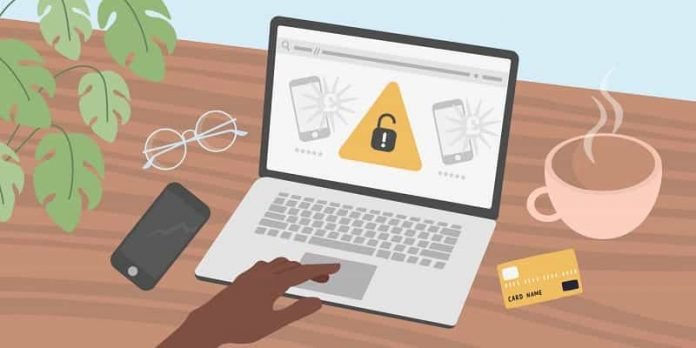Last Updated on February 9, 2025 by Bisma Sehar
In the modern world, almost everything — and everyone — is on the internet. You probably do your banking, keep up with social connections, consume news and media, and even grocery shop online. Most people don’t think twice about logging into email on a daily basis and responding to comments on Facebook or Twitter.
But scammers are also internet savvy, and you want to be on the lookout so you don’t get phished, scammed, or have your identity stolen. Many businesses and corporations employ security teams to prevent data hacks. A Pentest is a test that checks the security of a network and looks for vulnerabilities hackers or other criminal entities could exploit.
For the average person, a pentest is probably not necessary but everyone should utilize these tips and information to stay safe and avoid being scammed.
Your Bank Won’t Ask
A common phishing technique is for a scammer to pretend to be from your bank. You may get an email, a text message, or a phone call with an “alert” that there is an issue with your bank account. If the scammer asks for your account number or information, never comply.
Your bank already has your account information and will not ask for it; in fact, the bank will more than likely tell you the last few digits of your account and ask you to confirm. The bank has your information, so when in doubt, hang up or delete the message and contact your bank directly.
Another technique scammers use is to make you feel panicked or instill a sense of urgency by telling you there is an emergency or alert you need to take care of immediately. Don’t be fooled. While it can be nerve-wracking to get a message or phone call telling you your savings are in danger, the only real danger is giving the scammers what they want so they can steal from you.
Remember that your bank has security measures in place and official lines of communication you can utilize to verify any activity or alerts on your account.
Stay Calm and Call Back
Scammers try to catch you off guard by using emotional manipulation and scare tactics to fool you into giving them the information you would normally not disclose.
Frequent scam techniques ask you to call an unknown number, download a file, or click a link in a text or email. If you don’t recognize the sender, never click on links — especially if they are embedded as a hyperlink. On a computer, you can hover your mouse over an embedded link to see the URL path. Unless you are absolutely sure of the identity of the messenger in a text, don’t click links — especially if the sender’s number looks like a normal phone number. Most automated systems where you must opt-in for text alerts or updates have a shorter four- or five-digit address.
If you’re not expecting a call from your bank or financial institution, tell the person you will call the bank back. Usually, this prompts the scammer to hang up, because the bank will tell you no such activity exists.
Try to stay calm. It can be scary, but taking the extra time to verify and call your bank is worth it to avoid getting scammed.
Read More: Different Areas To Focus on When Bringing New Tech to Your Business.
















